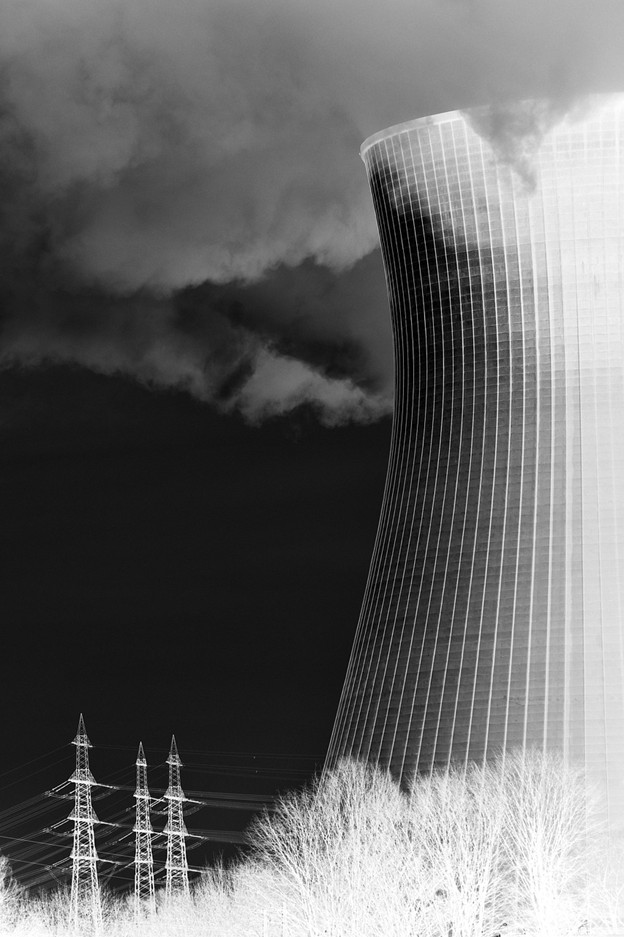Russia’s state nuclear energy corporation, Rosatom, is poised to construct Kazakhstan’s first nuclear power plant. It is a development laden with geopolitical significance and long-term consequences for great power competition in Central Asia. Beyond energy generation, the project symbolizes the Kremlin’s reassertion of influence in a resource-rich region that lies at the strategic crossroads of Russian, Chinese, and Western interests. As Kazakhstan modernizes its energy grid and reduce reliance on fossil fuels, its decision to align with Rosatom reveals not only technological and economic calculations, but also deep currents in regional power dynamics, particularly in the context of critical mineral supply chains and uranium diplomacy, according to Sergey Sukhankin of the Jamestown Foundation.
Kazakhstan possesses the world’s largest reserves of uranium and is currently the top global producer, accounting for over 40% of total supply. This makes it a vital node in the global nuclear fuel market. For years, the US and its allies have quietly relied on Kazakh uranium to diversify away from Russian and Chinese sources, especially amid mounting concerns over energy security and critical mineral dependency. The proposed Rosatom plant, however, could fundamentally shift the center of gravity and pose increased risks to US national security.
The plant will mark Kazakhstan’s reentry into civilian nuclear power after shutting down its Soviet-era BN-350 reactor in 1999. While Kazakhstan insists on maintaining a foreign policy balancing relations among Russia, China, the US, and the EU, the selection of Rosatom over Western or Chinese competitors indicates the powerful legacy of post-Soviet institutional ties and the enduring pull of Russian technological ecosystems. Kazakh leaders have maintained a delicate balancing act with Moscow, preserving close economic and security ties through institutions like the Eurasian Economic Union and the Collective Security Treaty Organization, while also asserting national sovereignty and distancing themselves from Russia’s war in Ukraine. Previously, President Kassym-Jomart Tokayev resisted Kremlin pressure to endorse Russian territorial claims, signaling a nuanced but increasingly independent foreign policy trajectory. With the Rosatom deal that neutrality may be eroding.
Once completed, the plant will give Moscow unprecedented influence over Kazakhstan’s nuclear regulatory infrastructure, fuel cycle, training, and long-term energy planning. These are not simply commercial ties; they are instruments of statecraft, according to Sukhankin.
The implications for US interests are significant. Washington has, over the past decade, intensified efforts to secure alternative uranium sources, especially after Russian uranium was targeted by sanctions and growing scrutiny. Kazakhstan’s centrality in the issue is significant. Its state-owned company Kazatomprom is a linchpin in global supply chains. US utilities currently purchase substantial quantities of Kazakh uranium annually. But with Rosatom deepening its roots through physical infrastructure and potential influence over regulatory and security frameworks, Kazakhstan’s posture as a “neutral supplier” could be compromised or at least complicated.
The nuclear power partnership places Astana within the expanding web of Russia’s global nuclear diplomacy, known as “Atoms for Influence.” Across Turkey, Egypt, India, and now Kazakhstan, Rosatom’s bundled nuclear exports that comprise construction, fuel supply, maintenance, and workforce training, create new decades-long dependencies and entrenching Russia not only as an energy partner, but as a quasi-political stakeholder in national decision-making processes.
This deat unfolds against the backdrop of China’s parallel push into Central Asia. Beijing has invested heavily through the Belt and Road Initiative (BRI), seeking to transform the region into a corridor for overland trade, digital infrastructure, and energy pipelines. China’s own nuclear ambitions include exporting Hualong One reactors and securing access to uranium mines abroad, including those in Africa, Pakistan, and Kazakhstan itself. Rosatom’s advance can also be viewed as a countermove to balance Chinese inroads. The result is a quiet but intensifying competition for nuclear and critical mineral influence between two authoritarian powers at a critical period for the democratic West.
American firms remain hampered by strict regulatory frameworks, slow approvals, and a lack of coordinated diplomatic-commercial strategy in the nuclear arena. Without competitive alternatives, even resource-rich states like Kazakhstan may find the Russian or Chinese model more immediately attractive. The next five years will be pivotal. As construction of the Rosatom plant progresses, the Trump Administration will need to make urgent decisions about how to safeguard its uranium supply chains, support Western-aligned nuclear technology exports, and compete more effectively in the emerging “nuclear diplomacy” space.
At the same time, Kazakhstan finds itself in a balancing act. It has consistently signaled its desire for sovereignty, energy diversification, and multipolar engagement. But physical infrastructure locks in dependencies. Once a Rosatom plant is operational, the country will require Russian fuel assemblies, technical servicing, and potentially even waste reprocessing. These factors make it harder to pivot away from Moscow should strategic circumstances shift. We may be witnessing a bellwether of global nuclear realignment with China and Russia playing long games in the region. Washington faces a strategic imperative: act swiftly to secure influence, partnerships, and uranium supply, or risk being left behind in the emerging nuclear order.
Daria Novak served in the U.S. State Dept.
